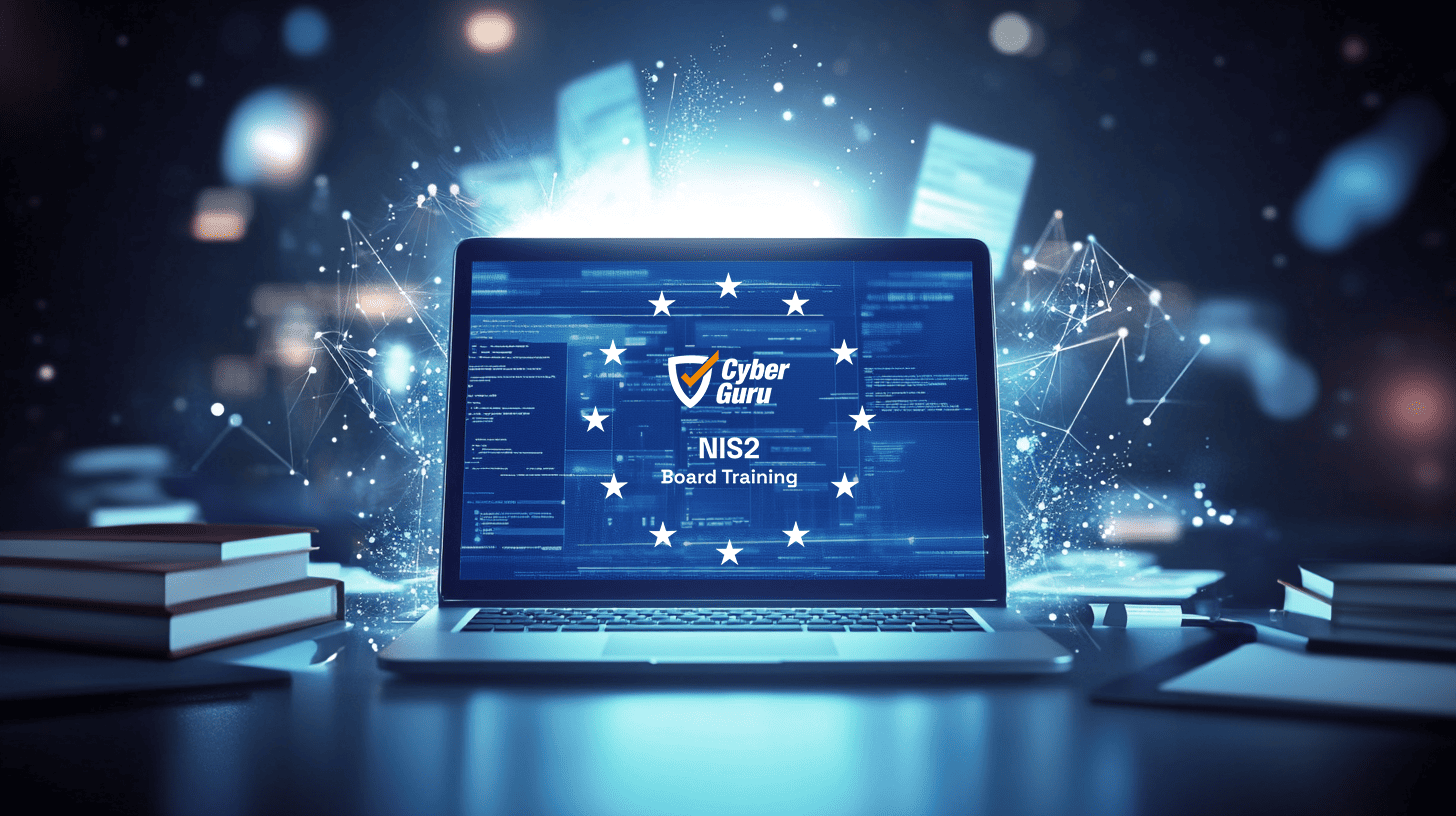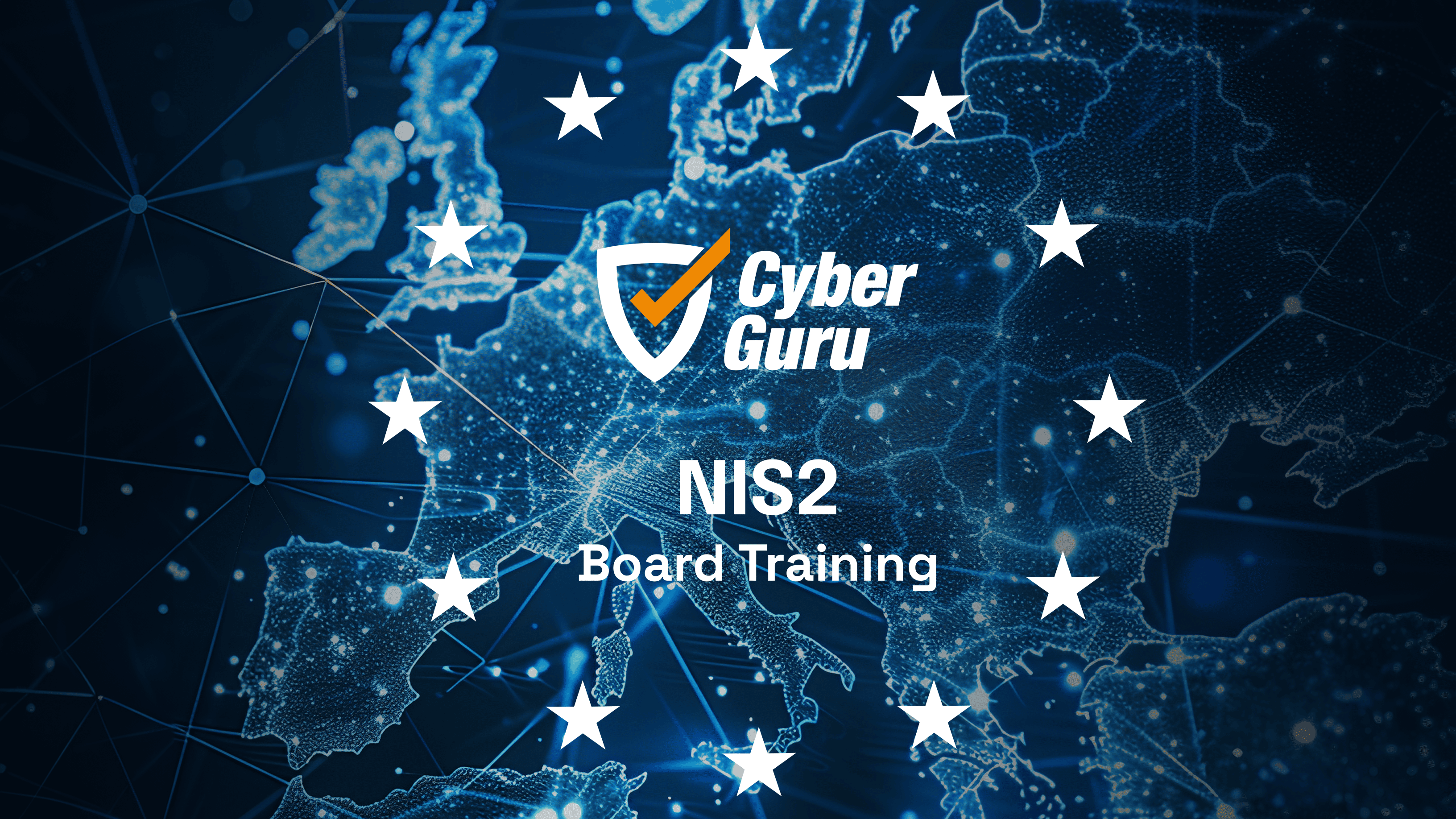Board Training NIS2
Board Training NIS2
Board Training NIS2 is the e-learning training program designed to provide top administrators and managers of public and private organizations with the essential knowledge and skills to address the challenges of cyber risk. A requirement made explicit by the NIS2 Directive, which places a strong emphasis on the responsibility of board members with respect to cyber risks, imposing specific training requirements to ensure that organizations can proactively defend themselves.
The training is dedicated to those included in the scope of the EU NIS2 Directive, but also to companies that are part of their supply chain. The program adopts a tiered learning model, based on regularly distributed micro-lessons. This approach allows for progressive learning, calibrated to the professional needs of the individual user to maximize the effectiveness of the training.
Comply with the obligations of NIS2
We live in a time when every sector of our society relies on digital technologies. However, the speed with which we have embraced innovation has often overlooked a fundamental aspect: the soundness of the foundation on which our digital world rests.
The increasing interconnectedness of infrastructures exposes organizations and institutions to increasingly advanced cyber threats. This has made cyber risk one of the most critical global challenges.
Cyber threats are not only constantly evolving, but they have two key characteristics that make them particularly insidious:
- digital interdependence-a single attack can have cascading effects on entire supply chains and infrastructure
- anonymity-attributing responsibility for an attack is often complex, if not impossible.
The exposure to risk is even more pronounced when considering the asymmetry between the attacker, who can exploit a single vulnerability, and the defender, who must protect the entire system.
To address these risks, it is necessary to comply with the training requirements of the NIS2 Directive.
Sectors affected by the new NIS2 requirements
Sectors involved
Subjects involved by NIS2
High criticality sectors
Features of Board Training NIS2

EFFECTIVE LEARNING
- CONTINUING EDUCATION
- COMPREHENSIVE AND INDEPENDENT LESSONS
- MICRO-LEARNING
- EXECUTIVE RECAP
- CERTIFICATE OF PARTICIPATION

SPECIFIC SKILLS FOR NIS2
- STRATEGIC VISION
- RISK SCENARIOS
- CORPORATE VULNERABILITY ASSESSMENT
- DEFENSE STRATEGY DEFINITION
- IMPLEMENTATION OF PROTECTIVE MEASURES

SUPERVISION AT
ZERO IMPACT
- SaaS PLATFORM
- TURNKEY SERVICE
- PRE-ESTABLISHED TRAINING PLANS
- AUTOMATIC STUDENT CARING
- FUNCTIONAL REPORTING
Management training
Tiered learning program
The training program is structured in annualities. Each annuity consists of 4 training sections, each devoted to a specific topic, activated quarterly. Each section in turn consists of a series of self-consistent, comprehensive, independent lectures, each lasting an average of 5 minutes. At the beginning of each new section, an Executive Recap of the acquired notions will be available.
Among the topics addressed:
- NIS2 regulations and the constraints placed on entities included in the scope;
- Know, assess, and mitigate cyber risks;
- The main attack techniques and what to do to avoid them;
- The new corporate security perimeter and supply chain;
- The impacts of the Cloud and Artificial Intelligence on cyber risk;
- Exposure of real cases with indications of best practices.
Discover the contents of the first two levels of learning


Reduce the risks of cyber attacks
Protect your organization’s digital future
The training course on the EU NIS2 Directive is designed to develop management skills essential to cyber risk management, providing practical tools to be able to:
- Reading the overall strategic context of cyber security;
- Analyze the evolution of national and international scenarios;
- Understanding their organization’s cyber security risks;
- Evaluate and approve strategies, plans, policies and procedures aimed at their mitigation;
- Evaluate the most appropriate mitigation actions (procedural, organizational and technical).

Want to find out more details?


